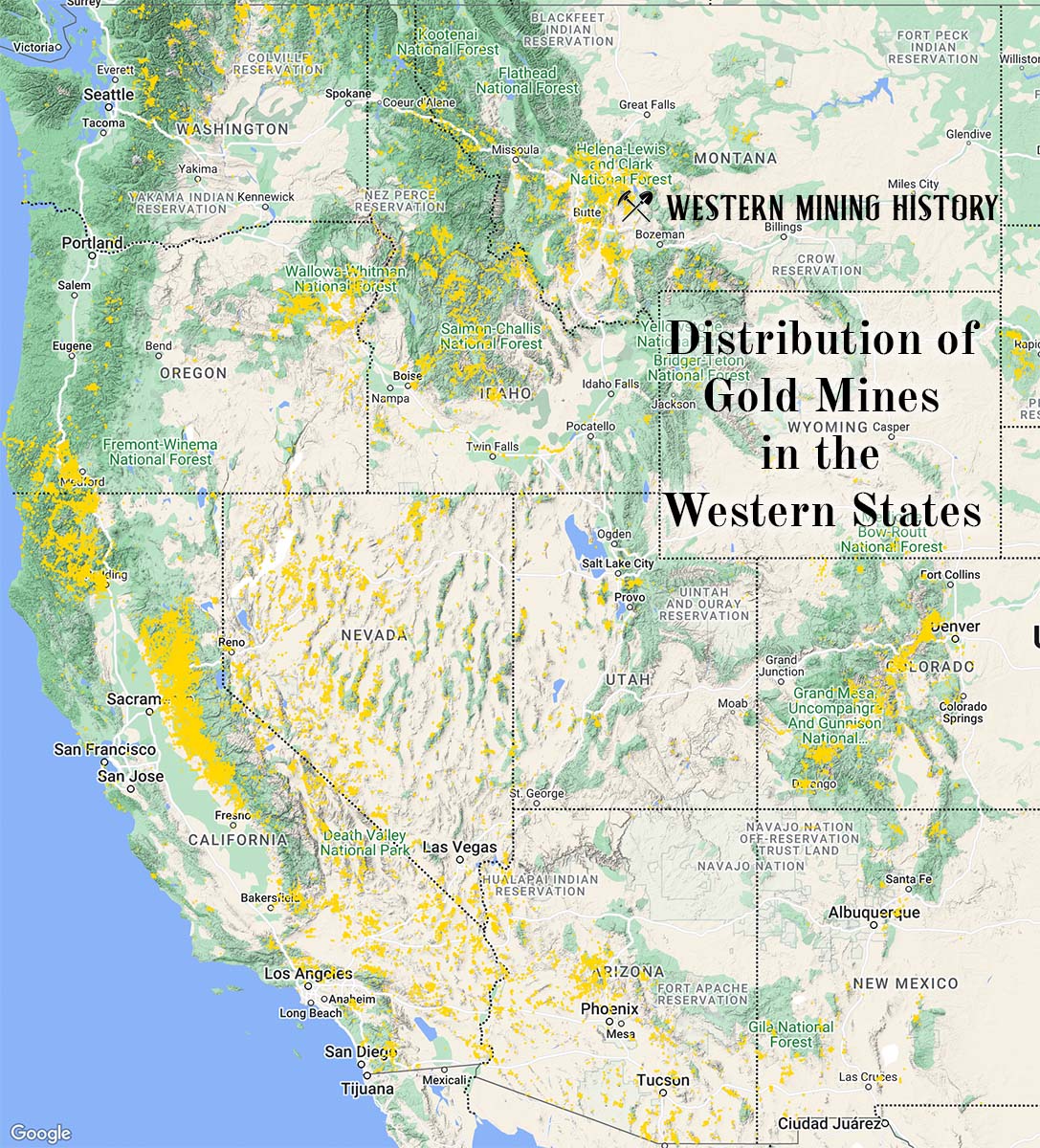The Cantu is a zinc, copper, silver, gold, and lead mine located in Alaska.
About the MRDS Data:
All mine locations were obtained from the USGS Mineral Resources Data System. The locations and other information in this database have not been verified for accuracy. It should be assumed that all mines are on private property.
Mine Info
Elevation:
Commodity: Zinc, Copper, Silver, Gold, Lead
Lat, Long: 56.07611, -130.06389
Map: View on Google Maps
Cantu MRDS details
Site Name
Primary: Cantu
Commodity
Primary: Zinc
Primary: Copper
Primary: Silver
Primary: Gold
Primary: Lead
Secondary: Barium-Barite
Location
State: Alaska
District: Hyder
Land Status
Not available
Holdings
Not available
Workings
Not available
Ownership
Not available
Production
Not available
Deposit
Record Type: Site
Operation Category: Past Producer
Operation Type: Unknown
Years of Production:
Organization:
Significant:
Physiography
Not available
Mineral Deposit Model
Model Name: Polymetallic veins
Orebody
Not available
Structure
Not available
Alterations
Not available
Rocks
Not available
Analytical Data
Not available
Materials
Ore: Tetrahedrite
Ore: Chalcopyrite
Ore: Galena
Ore: Pyrite
Ore: Sphalerite
Gangue: Barite
Gangue: Calcite
Gangue: Quartz
Comments
Comment (Production): Production Notes = A 20-ton test shipment was sent to a smelter in 1925
Comment (Deposit): Other Comments = Claims were originally located in 1925. The Cantu group, restaked in 1949 and 1966, probably covered an area somewhat different from the original Cantu claims (U.S. Bureau of Mines, 1979).
Comment (Reference): Primary Reference = Buddington, 1929
Comment (Workings): Workings / Exploration = Presumably fairly extensive surface and underground workings. Maas and others (1995, p. 258) report four adits ranging from 10-40 feet long.? Assays of a carefully selected 20-ton shipment sent to a smelter in 1925 showed 0.175-0.30 oz Au and 13.80-31.05 oz Ag per ton, 37.20-44.1% Pb, and 5.6-12.2% Zn. Assays of grab samples of sorted ore were generally comparable in metal content, except for one sample rich in tetrahedrite that contained 61.2 oz Ag per ton. A grab sample from another vein 30-35 feet thick that contained streaks and disseminations of pyrite gave an assay of 0.8 oz Au and 1.202 oz Ag per ton.
Comment (Geology): Geologic Description = The country rocks in the general area of the Cantu mine include the Triassic Texas Creek Granodiorite, which underlies and locally intrudes pelitic metasedimentary and subordinate andesitic metavolcanic strata of the Jurassic or older Mesozoic Hazelton Group; the Eocene Boundary Granodiorite (Smith, 1977), which intrudes the Hazelton and Texas Creek rocks; and still-younger Tertiary lamprophyre dikes (Smith, 1973), which cut all of the other rocks.? the deposit (Buddington, 1929, p. 43, 91-92) consists of sulfide-bearing quartz-barite-calcite(?) fissure veins in Texas Creek Granodiorite, which is cut by quartz porphyry and lamprophyre dikes. The veins, ranging from a few inches to three feet thick, as well as smaller veinlets, carry galena, sphalerite, and tetrahedrite, generally sparse pyrite and chalcopyrite, and, in places, barite equal in amount to the quartz. ? Maas and others' (1995, p. 258) description of the Cantu deposit differs from Buddington's in that they interpret the hostrock as Hazelton greenstone, not Texas Creek Granodiorite.? Assays of a carefully selected 20-ton shipment sent to a smelter in 1925 showed 0.175-0.30 oz Au and 13.80-31.05 oz Ag per ton, 37.20-44.1% Pb, and 5.6-12.2% Zn. Assays of grab samples of sorted ore were generally comparable in metal content, except for one sample rich in tetrahedrite that contained 61.2 oz Ag per ton. A grab sample from another vein 30-35 feet thick that contained streaks and disseminations of pyrite gave an assay of 0.8 oz Au and 1.202 oz Ag per ton.? Lead-isotope studies of galena from the Cantu deposit (Maas and others, 1995, p. 254) indicate that the deposit is Jurassic in age, contemporaneous, at least in part, with island-arc volcanism in Hazelton time (Alldrick, 1993).
Comment (Exploration): Status = Inactive
Comment (Geology): Age = Lead-isotope studies of galena from the Cantu deposit (Maas and others, 1995, p. 254) indicate that the deposit is Jurassic in age, contemporaneous, at least in part, with island-arc volcanism in Hazelton time (Alldrick, 1993).
Comment (Deposit): Model Name = Polymetallic veins
References
Reference (Deposit): Koch, R.D., 1996, Reconnaissance geologic map of the Bradfield Canal quadrangle, southeastern Alaska: U.S. Geological Survey Open-File Report 81-728-A, 35 p., 1 sheet, scale 1:250,000.
Reference (Deposit): Maas, K.M., Bittenbender, P E., and Still, J.C., 1995, Mineral investigations in the Ketchikan mining district, southeastern Alaska: U.S. Bureau of Mines Open-File Report 11-95, 606 p.
Reference (Deposit): Buddington, A.F., 1929, Geology of Hyder and vicinity, southeastern Alaska, with a reconnaissance of Chickamin River: U.S. Geological Survey Bulletin 807, 124 p.
Reference (Deposit): Smith, J.G., 1973, A Tertiary lamprophyre dike province in southeastern Alaska: Canadian Journal of Earth Sciences, v. 10, p. 408-420.
Reference (Deposit): Alldrick, D.J., 1993, Geology and metallogeny of the Stewart mining camp, northwestern British Columbia: British Columbia Department of Mines and Petroleum Resources Bulletin 85, 105 p., 2 plates.
Reference (Deposit): Elliott, R.L., and Koch, R.D., 1981, Mines, prospects, and selected metalliferous mineral occurrences in the Bradfield Canal quadrangle, Alaska: U.S. Geological Survey Open-File Report 81-728-B, 23 p., 1 sheet, scales 1:250,000 and 1:63,360.
Reference (Deposit): Smith, J.G., 1977, Geology of the Ketchikan D-1 and Bradfield Canal A-1 quadrangles, Alaska: U.S. Geological Survey Bulletin 1425, 49 p.
Reference (Deposit): U.S. Bureau of Mines, 1979, Claim map 118: Mines and prospects of the Bradfield Canal quadrangle, Alaska: U.S. Bureau of Mines Open-File Report 20-73, 1 sheet, scale 1:250,000.
The Top Ten Gold Producing States

These ten states contributed the most to the gold production that built the West from 1848 through the 1930s. The Top Ten Gold Producing States.